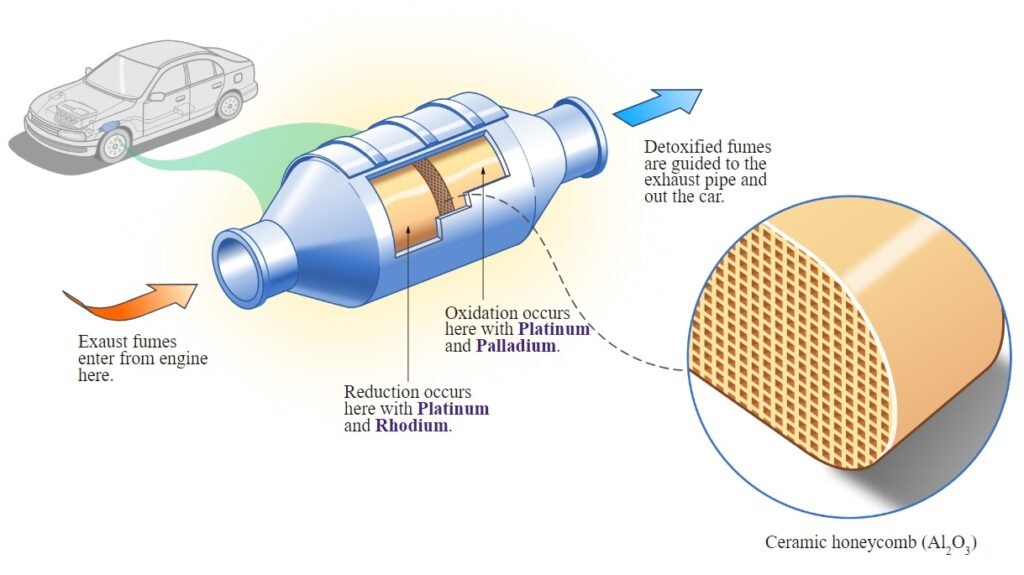

A high-level, abstracted view of a component in UML 2 can be modeled as: In UML 2, a component is drawn as a rectangle with optional compartments stacked vertically. It is important to note that the internal components are surrounded by a large 'box' which can be the overall system itself (in which case there would not be a component symbol in the top right corner) or a subsystem or component of the overall system (in this case the 'box' is a component itself).Ī component represents a modular part of a system that encapsulates its contents and whose manifestation is replaceable within its environment.Those interfaces on the left are known as provided interface, which represents the services to deliver by the exhibiting component. The data then passes to and through several other components via various connections before it is output at the ports on the left.The interfaces on the right are known as required interfaces, which represents the services the component needed in order to carry out its duty.

The data (account and inspection ID) flows into the component via the port on the right-hand side and is converted into a format the internal components can use.The example above shows the internal components of a larger component:


 0 kommentar(er)
0 kommentar(er)
